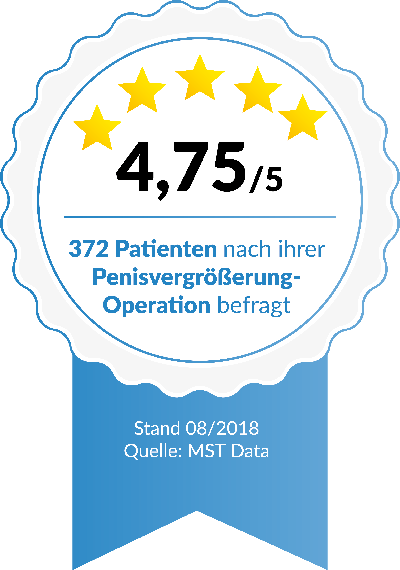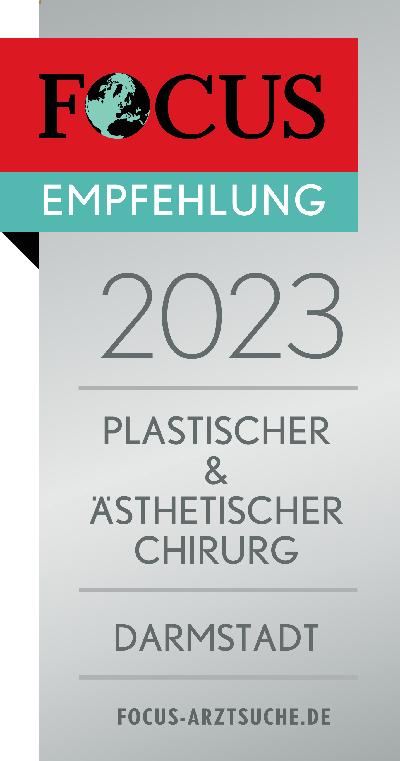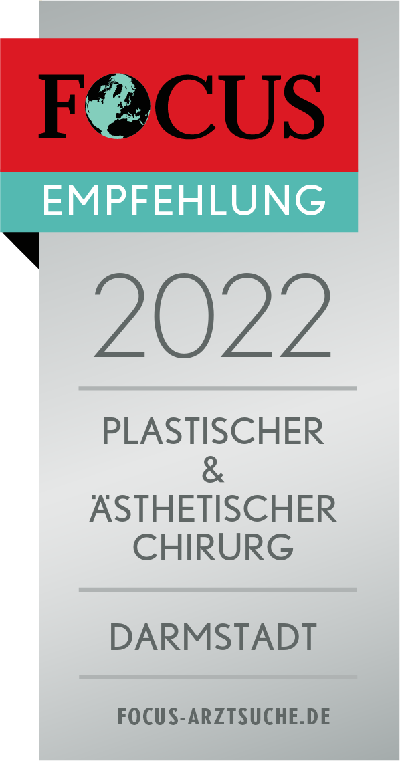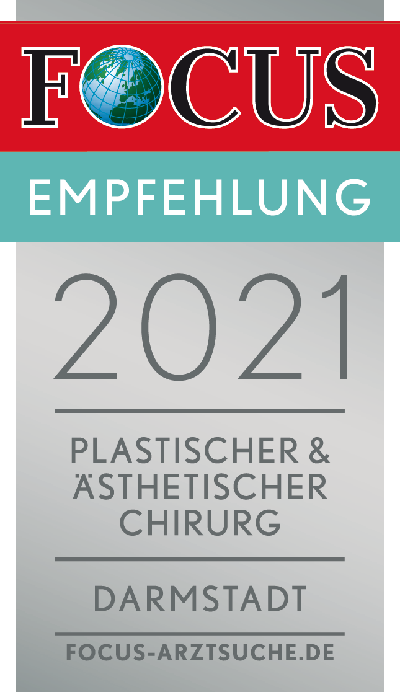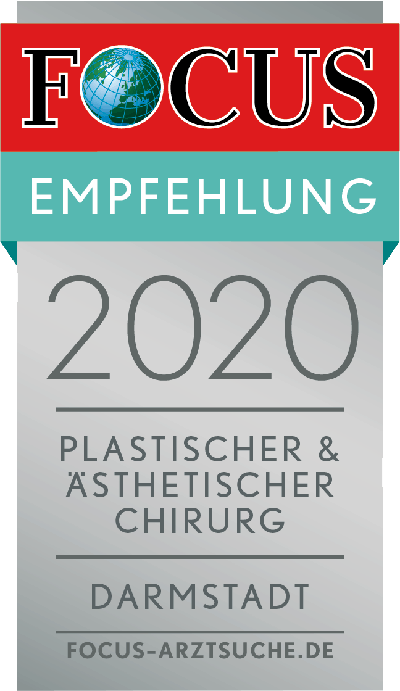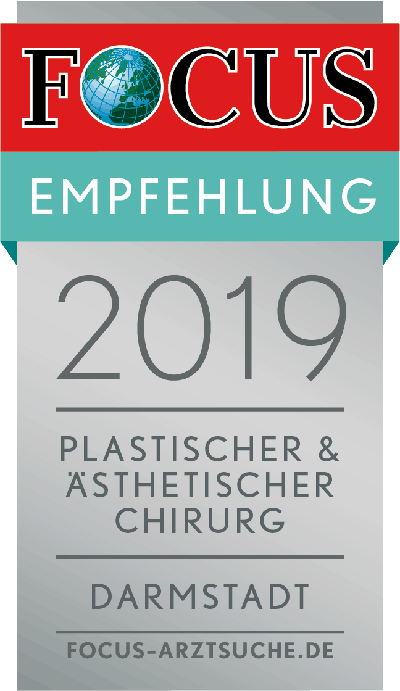If you have not done so already, please first read the section entitled ‘Changes caused by the disease in detail‘, as otherwise you probably will not understand the following explanations. We apologise again for the blunt language and polemics used, but they are especially necessary at this point.
There are basically four different surgical techniques that currently exist for treating Peyronie’s disease. We refuse to perform three of them, as we are of the opinion that they are detrimental to patients. Despite this, you will also find them described below for the purpose of complete information.
It must first be stated, however, that the statement above adopted by us from urology and the claim that there are four surgical techniques for treating Peyronie’s disease is fundamentally incorrect: Techniques one to three do not address Peyronie’s disease plaque at all but rather merely deal with one single symptom, the curvature of the penis. The rest of the symptoms are completely left alone.
This particularly applies to the tucking technique of Nesbit or Essed-Schröder offered as the ‘standard therapy’ for Peyronie’s disease in many locations.
You will find the technique we perform described below as the 4th technique.
In detail:
1st technique: Tucking techniques according to Nesbit or Essed-Schröder
As you have learned in the section entitled ‘Changes caused by the disease in detail‘, curvature of the penis is only one of several symptoms of Peyronie’s disease.
It is probably because the more extensive therapy procedures existing at that time seemed too elaborate to him that the American physician R. M. Nesbit developed a tucking technique for correcting the curvature of the penis in the 1960s. Due to the simplicity of its execution at an extremely low expense, this technique enjoyed great popularity and is unfortunately still the standard therapy applied by nearly all surgeons.
As banal and hard to comprehend as it may sound, this is the sad reality: In order to straighten the penis, the Peyronie’s disease plaque is not removed and the penis is not then lengthened again in this technique but rather an additional artificial plaque, called a purse-string suture, is added to the healthy side in order to shorten both sides equally and thereby straighten the penis. The symptom of curvature of the penis is therefore replaced by the symptom of shortening of the penis with the interesting belief that this shortening would be more pleasing to the patient than the curvature. Depending on the severity of the original curvature, the result can be a shortening of the erect penis by up to 8 cm.
The patients contacting us, at least, have not been more pleased with the shortening than the previous curvature. They therefore wish to have their previous Nesbit operation corrected by us.
In most cases, the patient must remain in the hospital 5 to 7 days following this surgery so that the treating physicians can use medication to ensure as far as possible that the sutures do not tear during the first strong erections during this initial healing phase.
As the Peyronie’s disease plaque is not removed, it can continue to grow mechanically and lead to curvature again after some time.
It may also occur that the operating physician (an assistant physician can perform this type of surgery – a specialist is not required) makes the artificial plaque too large, thereby leading to a shortening or curvature on the other side. There may also be pain on the purse-string suture during erections, described in up to 48% of cases in the literature. Some patients contact us who have undergone the Nesbit surgery up to four times. These patients no longer have anything that could be called a penis.
We are bothered by this technique because, in addition to shortening the penis, it leaves the actual seat of the disease, the Peyronie’s disease plaque, completely unaddressed while damaging healthy tissue for the ‘therapy’. Advanced medicine should involve thinking and acting in precisely the opposite way.
At this point we could write entire books about our inability to comprehend the use of this surgical technique, but we do not wish to bore you and will simply make this short statement:
It is incomprehensible to us why patients still undergo this torture in this day and age.
We would be very happy if this technique would finally cease to be used.
2nd technique: Cross cuts/incisions into the plaque with subsequent covering of the deformity with a saphenous vein graft or with artificial graft material
This technique is significantly simpler than our removal of the seat of the disease (plaque) and can thereby be offered by more clinics.
The catch is that even though practitioners like to claim and seem to be claiming more and more often, most likely in order to not lose their patients, that this technique is better than the Nesbit tucking technique on the one hand and that this incision (merely cutting into it) is just as good as our excision (removal of it) on the other, this is clearly not the case!
Even though a graft is used in this technique and an incision is also made into the plaque, this technique is NOT identical to ours nor does it provide comparable results because our technique involves the removal of the seat of the disease and is not merely an incision into it as in this technique!
If the seat of the disease, or even part of it, is left in place (such as in the case of tucking techniques or even an incision) then it can continue to grow. The curvature is not the problem in this case (because it can nearly always be corrected) but rather the irreversible erectile disorder that is caused by the illness (the plaque).
The troublesome part of this illness is the fact that the erectile disorder does not become apparent for a long period of time, even though it exists in the background. This is due to the fact that the penis becomes smaller in volume due to the induratio (it becomes shorter, thinner and more curved). In plain language, a much smaller amount of blood is therefore required to make it stiff.
If it were normal size then it would continue to hang practically limp for a longer time.
As the renowned Rudolfstiftung in Vienna was able to prove, this incision technique’s chances for success that are purportedly so good are severely ‘sugar-coated’. If patients are observed not for too short of a time but rather long enough, meaning that an assessment is not made until the remaining plaque has been able to start growing again, then a completely different picture arises:
Instead of the purported rate of merely 3%, in reality erectile problems occur in 39.5 % of cases!
Instead of the purported rate of 0% penis shortening, in reality there is penis shrinkage among 65.8% of patients!
Instead of the rate of reduced sensation of just 3%, in reality 31.5% of patients experience this!
Feel free to read more on the homepage of the European Association of Urology EAU.
Why do patients continue to be offered this technique instead of being immediately sent to us? To answer this question, we would like to quote Professor Dr Böhm, MD, of the Vivantes clinic in Berlin who wrote this warning on the topic of quality assurance in the 4/2009 issue of the medical journal ‘Chirurgische Allgemeine’ (‘General Surgical Matters’) (directed at medical colleagues):
‘How often do we send patients somewhere else because a colleague can provide them with better care. Surely this is a rare occurrence. Why? Because we would rather offer the other procedure ourselves in order to retain the clients – even if we are not as capable of helping them.’
3rd technique: Insertion of a (generally hydraulically-driven) penile prosthesis
With this technique, a prosthesis is inserted into the penis to maximise the tissue’s potential expansion in order to reduce the effects of the induratio penis plastica plaque.
The results of this technique are final and irreversible, because the actual erectile tissue is effectively destroyed by the insertion of the prosthesis. The pump it uses then substitutes the normal erectile function.
From a professional perspective, a prosthesis should only ever be inserted as the absolute last resort in cases of a serious Peyronie’s disease affliction coupled with severe erectile disorders which no longer respond to medication.
A prosthesis should never be inserted to merely treat cases of Peyronie’s disease with no accompanying erectile dysfunction.
4th technique: Peyronie’s disease plaque removal (excision) with subsequent reconstruction
This is the surgical technique we employ to effectively treat Peyronie’s disease.
Using this technique, the underside of the penis is opened (leaving almost no visible scar) and the skin is pushed back toward the stomach (the skin is not firmly attached to one position; otherwise sexual intercourse would not be possible).
The structures of the penis are exposed using microsurgery so that the corpora cavernosa are visible. We thereby get the opportunity to view the entire corpora cavernosa from the base to the tip and to detect all possible plaque structures. At the same time, the important structures are handled with the optimal gentleness.
The technique of disassembling the penis into its individual pieces for gentler surgery is the prerequisite for modern Peyronie’s disease therapy, particularly for the removal of plaques that reach as far as under the glans penis.
Disassembling was developed by Dr Konstantinos Konstantinidis as well as former UGRS member Professor Perovic, who has unfortunately passed in the meantime. Professor Perovic published multiple articles on this technique.
Using microsurgery, we remove the Peyronie’s disease plaque as well as the accompanying scar tissue to re-establish the original status quo before the onset of the disease.
We subsequently reconstruct the affected parts of the corpora cavernosa using non-artificial materials (usually high-quality collagen fleece). The material therefore disintegrates on its own.
Earlier, until into the 1990s, the body’s own materials such as vein walls or oral mucosa were used. However, these materials from the patient’s own body have several disadvantages:
First, they have to be removed from somewhere, meaning that a second location has to undergo surgery with the corresponding risks.
Second, the options are limited by this. In cases of large plaques, so much material is required that it can no longer be removed without great risk.Third, there is one general problem with the body’s own material: Differentiated tissue (tissue that is already fully mature) is added to another mature tissue, the penis. A docking scar then results all around. It is well-known that patients with Peyronie’s disease already have difficulties with scarring and, in this respect, the use of such a technique is a rather unsophisticated idea these days.
We have therefore been using collagen fleece for over 10 years. Collagen is one of the body’s basic fibres. The body uses it as a building material, similarly to bricks for building a house. The body completely transforms this collagen into the body’s own tissue without any transitional zone, therefore without any scars.
The tendency of the newly resulting tissue developing without enough elasticity in a patient with Peyronie’s disease is counteracted through physiotherapy to be applied for a few minutes a day for two months.
According to our experience, this procedure is the only sensible therapy option in the vast majority of cases.
It results in no visible scars on the penis. The scar is located in the same place as the circumcision scar so it is not noticeable on circumcised men.
In rare cases it may become necessary to perform a simultaneous circumcision when the foreskin has been adversely affected by the affliction or has become so narrow and restrictive that it could otherwise impair the results. We do not feel that generally performing circumcisions is sensible. An experienced surgeon can successfully retain the foreskin while avoiding the risk of infection or paraphimosis.
Due to the degree of difficulty involved, this technique can only be offered with satisfactory results in a few clinics in Europe that possess sufficient experience.
This technique was established over 20 years ago, so it is by no means new.
We are generally capable of satisfactorily treating cases that have even been pronounced irredeemable by other doctors.
We will be glad to provide you with information in a detailed and non-binding consultation on the options available for your specific case.
We are pleased that the majority of patients have grasped the benefits that our treatment offers. Our patients have tripled since 2006.
‘Why do patients continue to undergo a tucking technique (such as the one developed by Nesbit) if it always leads to a shortening of the penis?’
‘Why don’t more surgeons perform your surgical technique or refer their patients to you?’
Answer to question 1:
We will let an actual case answer this for us: One of our patients who previously underwent the Nesbit surgery in a well-known university clinic and then had to have this surgically corrected by us ended up suing his professor because the professor had not told him that the Nesbit surgery would shorten his penis by 5 cm. The case was heard in Heidelberg. The judge asked the assistant physician involved how the Peyronie’s disease patients had been informed about the loss of length at this university clinic. The assistant physician openly admitted that during the consultation they would tell patients that there would only be a shortening of 1.5 cm. She was then quoted as stating, ‘…if we would say anything more then no one would undergo the surgery anymore…’.
This statement is clear and alarming at the same time. Patients are deceived merely in order to allow doctors to operate on them and obtain money from them. In fact, it is very difficult for us to imagine that patients would actually voluntarily choose a technique involving a shortening of the penis by up to 8 cm. According to statements from our patients, they are very often not provided with the true information regarding tucking techniques.
Answer to question 2:
We will let an actual case answer this question for us as well: Professor Dr Böhm, MD, of the Vivantes clinic in Berlin wrote about this topic in the 4/2009 issue (directed at medical colleagues) of the medical journal ‘Chirurgische Allgemeine’ (‘General Surgical Matters’):
‘How often do we send patients somewhere else because a colleague can provide them with better care? Surely this is a rare occurrence. Why? Because we would rather offer the other procedure ourselves in order to retain the clients – even if we are not as capable of helping them.’
We would like to thank him for these honest words. Nothing more needs to be added.
It is completely true that it is simply impossible for a normal urology department to offer our reconstructive technique. There are so few cases of induratio penis plastica there that it would make little economic sense, if any at all, to specifically hire a highly experienced specialist for this.
In the quote above, Professor Dr Böhm has clearly explained why doctors unfortunately “tinker around” themselves instead of immediately referring their patients to experienced specialists. It is sad but unfortunately true.


